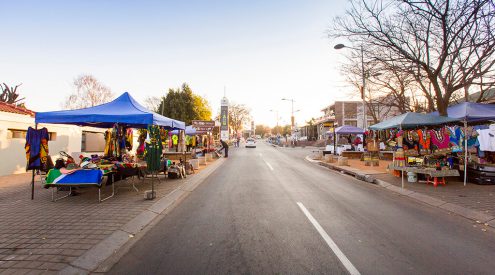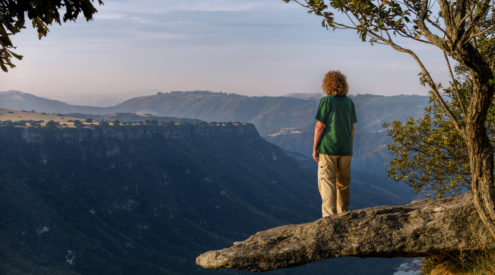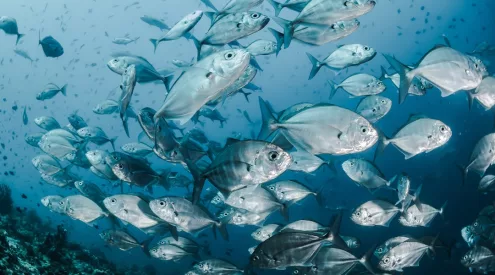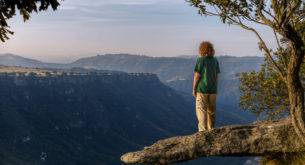Did you know that a spider’s silk is five times stronger than steel and 30 times stretchier than nylon? Or that it’s so light a strand long enough to circle the world would weigh about the same as a bar of soap?
Despite the fear and suspicion surrounding them, spiders have a fascinating and unique talent when it comes to trapping prey. One legend tells the story of how spiders became such masterful weavers.
Arachne was a pretty Lydian girl who lived in Greece with her father, Idmon. He was one of the best dye-makers in the country and Arachne grew up in his workshop, which was filled with colourful threads and textiles. As she grew older, it was clear she was a skilled weaver, but she was also too proud and boasted that she was better than the goddess Athena.
A challenge was issued to find out which of the two women was the best weaver, and Arachne proudly produced a piece of cloth making fun of the gods. It was the most beautiful cloth anyone had ever seen and Athena could find no fault with it. But furious at the disrespect it portrayed to the gods, she tore it to pieces and Arachne hung herself in despair. The goddess took pity and loosened the rope, which became a strand of silk. Arachne herself turned into a spider, and forever had to use her skill to weave the most delicate cobwebs.
Folklore has it that this is how spiders got their scientific name, arachnid, and whether this is true or not, spiders are indeed talented spinners.
Silk is made of protein strands spun together with water (protein gives it strength and the water’s surface tension lends it elasticity). It’s produced inside the body of the spider by up to six silk glands, each of which produces a specific type of silk designed for a particular function. For instance, females need to produce cocoons and have a different set of glands to males, who use silk to construct sperm webs. To the naked eye, silk released from the spigots looks like a solid thread, but it’s made up of numerous fine strands.
Orb spiders, in particular, are in a class of their own and are the world champs of web building. Some build three-dimensional tent-like webs, others spin silk into parachutes that allow them to drift on a breath of wind, and there are even spiders that hang insect debris across their webs, earning them the name of garbage- line spiders. The constructions of golden orb-web spiders are the skyscrapers among other webs, stretching up to six metres high and two metres wide.
Most orb-web spiders build a nest at dusk and dismantle it at dawn. The spider first builds a bridge between two points such as tree branches, then constructs a frame within which the orb will be woven. Next, a frame for the hub of the orb is built, after which a lot of time goes into creating the hub itself. A special catchweb is attached to a trap-line, which signals to the spider at the web’s edge that something has been caught.
There’s no getting away from spiders, they’re found everywhere from the Namib Desert to tall buildings in New York. Without them, the world would be overwhelmed by insects that otherwise become arachnid dinners.
Resources
- Usborne Illustrated Guide to Greek Myths and Legends by C Evans and A Millard (Usborne Publishing, 1985)
- Southern African Spiders: An Identification Guide by MR Filmer (Struik, 1991)
(Photograph by Claudia Hodkinson)
















